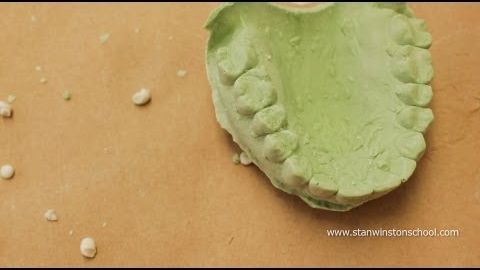
Subtitles & vocabulary
FREE MINI-LESSON: How to Cast Teeth - Dental Casting Video Tutorial with Mark Viniello
00
Jong-luen Kang posted on 2015/04/08Save
Video vocabulary
to
US /tu,tə/
・
UK /tə/
- Adverb
- Toward a point, person, place or thing
- Into a state of consciousness or awareness
- Preposition
- Showing that one thing is attached to another
- (Indicates a comparison between two people/things)
A1
More material
US /məˈtɪriəl/
・
UK /məˈtɪəriəl/
- Noun (Countable/Uncountable)
- Cloth; fabric
- Supplies or data needed to do a certain thing
- Adjective
- Relevant; (of evidence) important or significant
- Belonging to the world of physical things
A2
More go
US /ɡo/
・
UK /ɡəʊ/
- Verb (Transitive/Intransitive)
- To attend or be at a place
- To do an activity
- Countable Noun
- A turn in a game
A1
More good
US /ɡʊd/
・
UK /ɡʊd/
- Adjective
- Proper, appropriate or right
- (Of an amount) enough; plenty
- Uncountable Noun
- Advantage or benefit
A1TOEIC
More Use Energy
Unlock All Vocabulary
Unlock pronunciation, explanations, and filters
